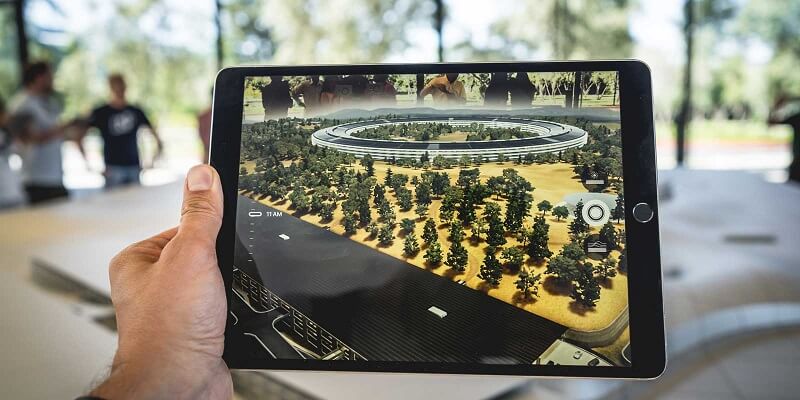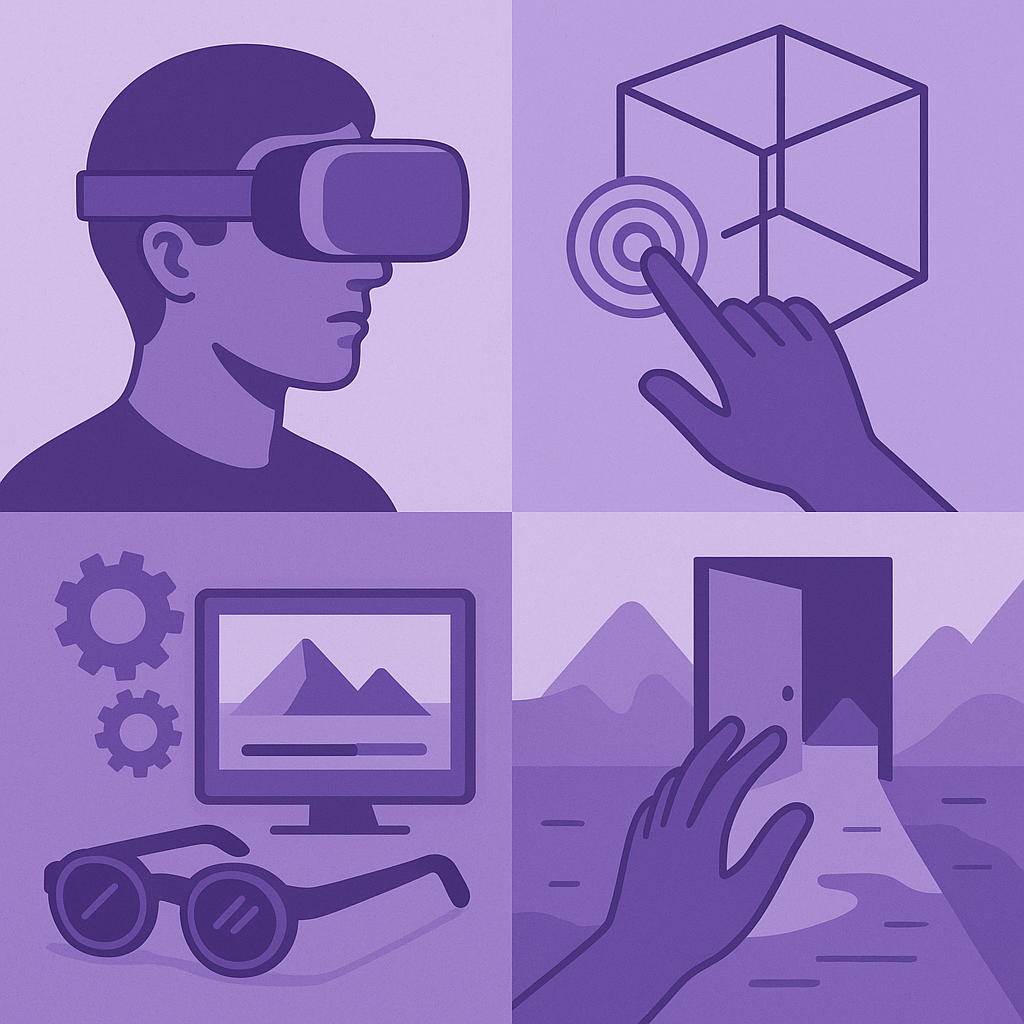Invent immersive worlds and claim big. Virtual Reality (VR) and Augmented Reality (AR) companies are creating cutting‑edge hardware, software and user‑experience platforms. Many of these immersive‑tech development activities qualify for the federal R&D Tax Credit under IRC §41 and state incentives.


Examples of qualifying activities in VR/AR development
- VR Headset & Sensor System Prototyping Designing new headset form‑factor, latency/haptics trials, motion‑tracking sensors, iterations of hardware/firmware.
- Real‑Time Rendering Engine & Graphics Innovation Building new rendering pipelines, optimizing frame‑rate/latency, adaptive resolution, real‑time lighting/shadows for immersive environments.
- AR Interaction & Tracking Systems Developing gesture recognition, spatial‑mapping algorithms, lighting/ environment adaptation, field testing in variable real‑world scenarios.
- Immersive UX/Haptics/System Integration Designing new haptic feedback systems, testing wearable devices, integrating motion/user feedback loops, UI/UX experimentation.
- Platform/SDK Development for VR/AR Building custom SDKs or platforms enabling cross‑device compatibility, developer toolsets, experimentation in multi‑user/AR‑cloud interactions.
What qualifies as R&D in VR/AR Development?

To qualify, your VR/AR R&D must:
- Aim at a permitted purpose — such as new headset hardware, novel tracking/input systems, real‑time rendering engines, AR interactive platforms, or immersive UX/haptics technologies.
- Tackle technical uncertainty — for example: “Can we build a VR headset with < 20 ms latency and full‑scene 8K resolution while keeping weight under 300 g?”, “Will the AR input system reliably recognise hand gesture X in multiple lighting/space conditions?”, “Can our real‑time rendering engine maintain 90 fps on mobile AR while performing global illumination?”
- Use a process of experimentation — prototype hardware, iterate rendering algorithms, test latency/comfort/tracking performance, field/test immersive UX scenarios, refine input/output systems, iterate sensors/haptics.
- Be technological in nature, grounded in computer science, graphics/algorithm development, hardware design, sensor/tracking systems, haptics, real‑time systems, embedded devices or software/hardware co‑design.
Qualified Research Expenses (QREs)
Roles commonly involved in qualifying activities
- Hardware Engineers & Prototype Developers (Headsets/Sensors)
- Graphics/Rendering Algorithm Engineers
- Sensor/Tracking Systems Specialists
- Haptics & UX Engineers
- Software/Platform Developers for VR/AR SDKs
- External labs or partners in hardware/sensor R&D
What does not qualify
- Standard asset creation (3D models, textures) without technical innovation
- Porting VR/AR content to a new device without underlying technical experimentation
- Routine hardware assembly, install or maintenance without testing/iteration
- Business, marketing or general administrative tasks
Compliance and Documentation
Following the One Big Beautiful Bill Act (OBBBA) signed July 4, 2025, §174 now allows immediate expensing of domestic research expenses for tax years beginning on or after January 1, 2025. Taxpayers may also elect optional amortization under new §174A. Foreign research expenses must still be amortized over 15 years. This is separate from the §41 credit but impacts overall tax planning.
Essential documentation includes:
- Project briefs with hypotheses/technical uncertainty (e.g., “Can our AR input system maintain 120 fps hand‑gesture tracking in outdoor light conditions with error rate < 1 %?”)
- Prototype build/test logs, render and tracking latency/failure logs, iteration/version histories
- Staff time‑allocation records, dev‑kit/hardware usage logs, cloud/simulation compute usage data
- External research/contractor agreements, sensor/haptics test data, real‑world pilot feedback This helps satisfy the Four‑Part Test: permitted purpose, technical uncertainty, process of experimentation, technological nature.
Frequently Asked Questions


Yes — if they engage in true experimentation and development of hardware, software, sensors or immersive systems with technical uncertainty and iteration.


Wages for engineers/developers working on prototypes, hardware/dev‑kits used in experiments, cloud/simulation compute, and certain contract research or sensor/haptics labs.


Examples include headset/sensor prototypes, tracking systems, novel rendering engines, immersive UX/haptics systems, cross‑device platforms, SDK development.


Simply creating content/assets without technical innovation, porting to new devices without experimentation, standard install or maintenance tasks, marketing or admin work.


Keep project charters detailing objectives/uncertainties, logs of hardware/test/prototype runs, iteration/failure records, compute/hardware usage logs, staff time‑tracking and external research agreements.
Next Steps
Use our calculator to estimate your potential federal and state benefits
Schedule a consultation to structure your row crop research activities
If you are innovating in agriculture, you may already be doing R&D. Let's make sure you are rewarded for it.
Contact Strike Tax Advisory
Ready to maximize your R&D tax credits? Get in touch with our team of experts.

Software & Technology
With just a little info, our Strike Experts can help you start your R&D tax credit journey.
Got questions?
We’ll walk you through our process and take the time to understand yours to make sure you get the most back.
Schedule a MeetingRelated Sub-Industries
Does your state qualify for the State R&D Tax Credit?
Benefits for the R&D Tax Credit vary from state to state. Get an accurate estimate of your potential state tax credit!






